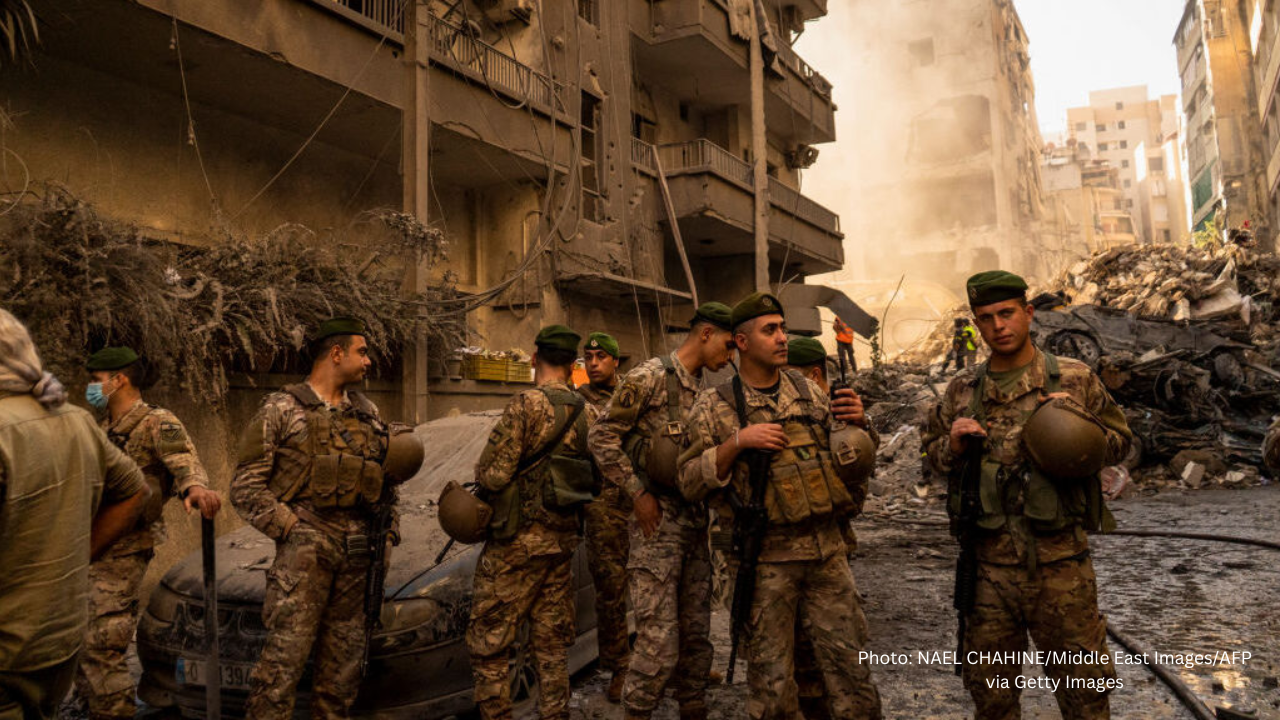Violation of The Ceasefire Agreement, An Obstacle to Establishing Peace in Gaza.
Arman Miah | 23 January 2025
Since Hamas attacked Israel on October 7, 2023, Israel has carried out a large-scale massacre in Gaza. A bloody ceasefire between Hamas and Israel was implemented on January 19, 2025, under various conditions. After months of negotiations mediated by Qatar, the 15-month-long war came to an end with this ceasefire agreement, with the United States and Egypt playing key roles. The ceasefire agreement will be implemented in multiple phases. In the first phase of the agreement, within six weeks, there will be a prisoner exchange, Israeli forces will withdraw from densely populated areas of Gaza, and displaced Palestinians will be allowed to return home. Additionally, aid trucks and medical supplies will be allowed to enter Gaza daily. To keep the remaining hospitals operational, 50 fuel trucks will also be sent. In the second phase, the remaining hostages held by Hamas will be released, and Israeli forces will be fully withdrawn from Gaza, aiming to establish "sustainable peace. “In the third and final phase, Gaza will be rebuilt, which could take several years. At the same time, the bodies of deceased Israeli hostages will be returned.
According to the agreement, Hamas will release 33 hostages in the first phase. Since the ceasefire and prisoner exchange agreement took effect on January 19, Hamas has already freed 18 hostages, while Israel has released 383 Palestinian prisoners. Among the 251 individuals taken hostage by Hamas on October 7, 2023, 94 remain in Gaza—60 are believed to be alive, while 34 are presumed dead. During the ceasefire period, Israel is expected to release approximately 1,900 Palestinian prisoners. On October 7, 2023, Hamas attacked Israel, killing 1,200 people and taking 251 hostages to Gaza. In response, Israel launched extensive attacks on Gaza, killing 46,000 Palestinians over the past 15 months, according to Gaza’s Hamas Health Ministry.
After hearing the news of the ceasefire, many Palestinians in Gaza were seen celebrating in the streets. However, Israel has repeatedly violated the ceasefire agreement. The Israeli Defense Forces (IDF) have blocked humanitarian aid to Gaza, destroyed dozens of homes in Rafah in southern Gaza, and shot at Palestinians attempting to return home, resulting in casualties even during the ceasefire. According to the terms of the ceasefire, Israel was supposed to reduce its military presence in the Rafah region starting January 19 and withdraw completely within 50 days. However, satellite images from January 19 revealed that Israeli forces were continuing construction in the area. Even during the ceasefire, Israel destroyed 64 buildings in the As-Salam, Idari, and Tel Zareb areas of Rafah. According to Gaza’s health ministry, at least 118 Palestinians have been killed by Israeli violence since the ceasefire took effect. Satellite images published by Sanad show that between January 19 and 21, Israeli forces-built sand fortifications around the Rafah crossing and established a new military post to its north. In response to these ceasefire violations, Hamas announced an "indefinite suspension" of hostage releases. This raised concerns that the first phase of the ceasefire, which began on January 19 and was supposed to last 42 days, might collapse before completion. However, both parties eventually agreed to uphold the agreement. Recently, U.S. President Donald Trump’s plan to take control of Gaza and his public statements on the issue have weakened the foundation of the ceasefire agreement, creating further uncertainty in Palestine.
As a result of the Hamas-Israel war, Palestinians have suffered the most. Israel’s onslaught in Gaza has forced Palestinians to pay a devastating price—some families have been entirely wiped out, while others have lost husbands, children, or parents. Many are severely injured and struggling to survive. Entire homes, schools, and hospitals have been destroyed, turning the Gaza Strip into a living hell. As far as the eye can see, only ruins remain.
Arman Miah is a Program Assistant at CGS
Views in this article are author’s own and do not necessarily reflect CGS policy.
